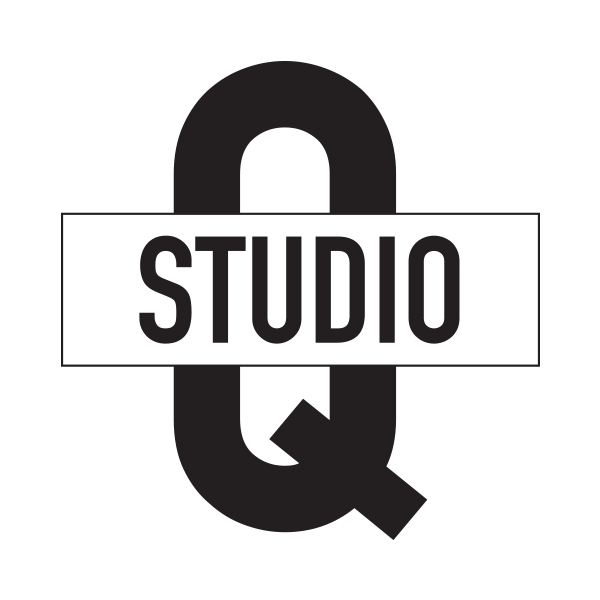As I make prints and live with these images my mind is changing the course of the concept of the work. I’ve been thinking about my project in terms of death anxiety lately. If you ever get a chance, watch my YouTube show called, “Dr. Sheldon Solomon, Death Denial & Artists, Terror Management Theory - Death Anxiety, Ernest Becker“. I was fortunate enough to have Dr. Sheldon Solomon on as a guest and we talked about all of this stuff. He co-authored a book called. “The Worm at the Core: On the Role of Death in Life”. It’s a book about Terror Management Theory (TMT). It’s basically Becker’s theories put to the test. In other words, Solomon and his colleagues test Becker’s theories in real life. Do we act differently toward people who are different when we are reminded of our mortality? What’s the driving force behind all human activity? Why do we start wars? Why do we commit genocide? Etcetera, etcetera.
This is what my project is slowly bringing forward. The more I think about these ideas and re-read the books I have, the more I move toward this as a main theme of the work.
I’ve studied Becker and Solomon for a few years. I first read, “The Denial of Death” by Ernest Becker a few years ago. In it, he argues that “the basic motivation for human behavior is our biological need to control our basic anxiety, to deny the terror of death.” (Keen 1973). Becker suggested that a significant function of culture is to provide successful ways to engage in death denial. Becker also noted that the root of evil lies in the selfishness of human beings seeking to protect their own existence in the face of their mortality, which he regarded as an essential aspect of human nature. Recognizing such evil within human beings gave Becker concern about the future of human society.
It had a big impact on me. It influenced my photography in major ways. I realized the question that I had been asking for over 30 years was, “Why do people do the things they do?” I was asking the question specifically as it applies to marginalized communities and how they are treated. Graduate school helped a lot but Becker put it all in perspective for me.
I quickly learned that the knowledge of our impending death is the reason we treat the “other” (anyone different from us in any way) the way we do. Anyone who threatens our “hero systems” either needs to conform to our belief system or be eliminated. Becker describes the human pursuit of “immortality projects” (or causa sui), in which we create or become part of something that we feel will outlast our time on earth. In doing so, we feel that we become heroic and part of something eternal that will never die, compared to the physical body that will eventually die. This gives human beings the belief that our lives have meaning, purpose, and significance in the grand scheme of things.
If our system that keeps death anxiety at bay is challenged (our hero systems), we lash out and can do horrible things. Ernest Becker said, “Man cannot endure his own littleness unless he can translate it into meaningfulness on the largest possible level.” Some of these “systems” are good, but most are bad. Becker argued that the conflict between contradictory immortality projects/hero systems (particularly in religion) is a wellspring for the violence and misery in the world caused by wars, genocide, racism, nationalism, and so forth, since immortality projects that contradicts one another threaten one’s core beliefs and sense of security.
As a vehicle for the masses to act out their urge for heroism, Becker went as far as to characterize society as a “codified hero system, which means that society everywhere is a living myth of the significance of human life, a defiant creation of meaning".
I feel like I have a good grasp of these concepts. I believe them to be true and accurate too. They answer questions (and ask) about the human condition in ways that I’ve never thought about. These are some of life’s very big questions. And these topics are dense and sometimes disturbing to deal with.
Currently, my project is dealing with the Ute, specifically, the Tabeguache band that lived on the land where I live now. It’s about my process of dealing with what I feel about living on stolen indigenous land. I’m trying to connect the landscape, rock formations, medicinal plants, and symbolic objects to the people that once occupied this land and were dispossessed of it. What I’m really dealing with is the question of death denial and death anxiety.
Ernest Becker said, “What man really fears is not so much extinction, but extinction with insignificance. Man wants to know that his life has somehow counted, if not for himself, then at least in a larger scheme of things, that it has left a trace, a trace that has meaning. And in order for anything once alive to have meaning, its effects must remain alive in eternity in some way. Or, if there is to be a ‘final’ tally of the scurrying of man on earth—a ‘judgment day’—then this trace of one's life must enter that tally and put on record who one was and that what one did was significant.”
My work isn’t about history. It’s not even about the Ute/Tabeguache. It’s about the denial of death, our immortality projects, and how we act these beliefs out.
This history is just one example of death anxiety. I could spend the day with you and show several small (or large) examples of this psychology playing out in our lives. This is what this work is really about. The questioning of human motivation, activity, and behavior; this history, this land, these places, and these objects, are simply ideas or metaphors to communicate those questions. I’ll continue to work on it.





























